Filter >>
Content Filter:
As the UK energy system moves towards net zero compliance, heat pumps will likely play a key role in this transition. In fact, the government is currently proposing a target of 600,000 heat pumps to be installed annually by 2028. View Summary +

India’s fully synchronised national power grid and ongoing reforms in the wholesale markets have created a perfect foundation for beneficial power trade across Indian states, especially for renewable energy like solar and wind-based power. As renewable energy becomes progressively cheaper,… View Summary +
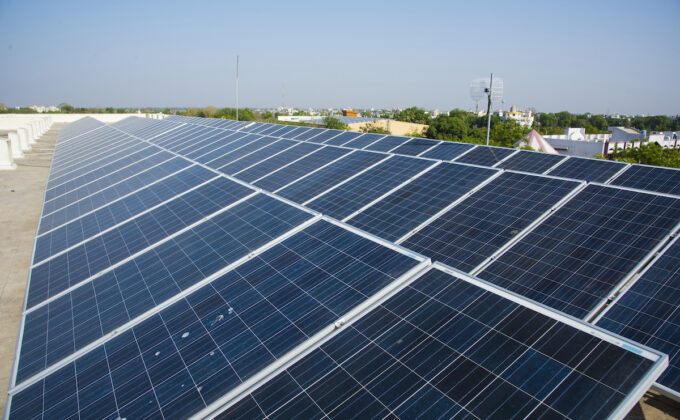
I frequently receive requests for advice based on my personal experience as an owner of a heat pump and an electric vehicle. Often I get asked whether I now pay more for my energy than before. People are more keenly… View Summary +
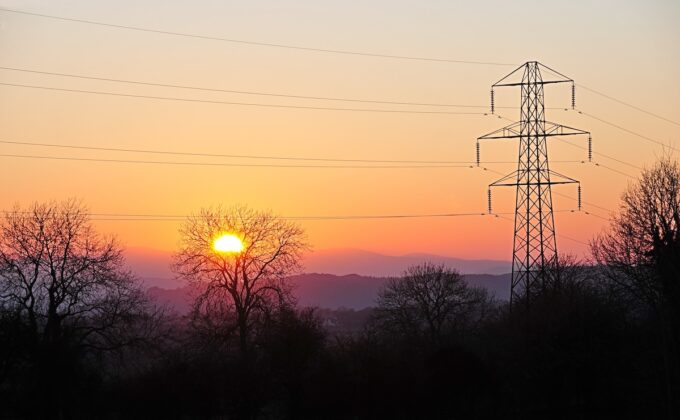
The Green Homes Grant risks becoming the second government home energy efficiency scheme in a decade designed to fail. The last decade wasn’t a good one for energy efficiency policy in the UK. We all remember the Green Deal,… View Summary +

India’s quest to strengthen the long ailing power distribution sector has largely revolved around proposals to restructure the sector and redesign retail tariffs with periodic financial bailouts. These proposals show promise in alleviating present issues. It becomes crucial, however,… View Summary +
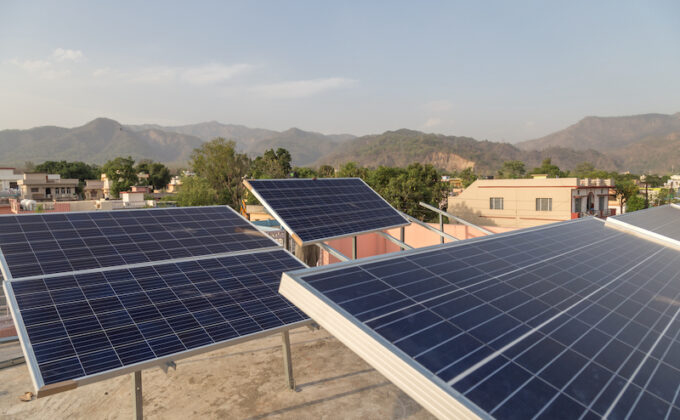
Throughout Europe, energy communities are becoming more abundant as the continent moves towards a cleaner, greener future. It’s easy to see why many people find them appealing — these communities allow organised groups of energy consumers more of a say… View Summary +
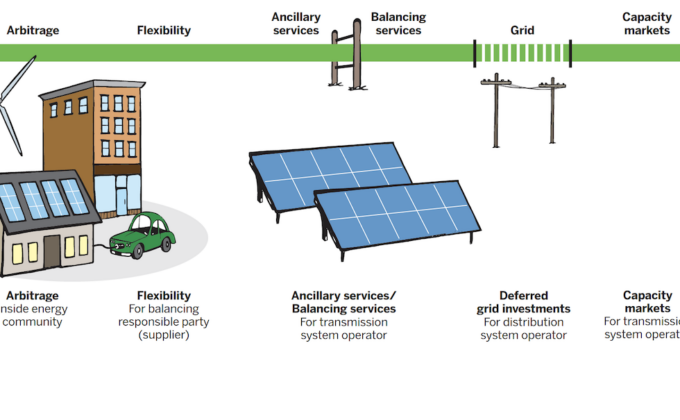
In its 2030 Climate Target plan, the European Commission suggests raising the ambition of the EU’s energy efficiency policies to reach climate neutrality by 2050. It mentions the possibility of increasing the energy savings obligations under Article 7 of the… View Summary +
The five-province Southern Grid region has long been a testing ground for new policies and reforms. Most recently, the central government asked the region to become the first integrated regional electricity spot market. Starting from the central government’s call for… View Summary +
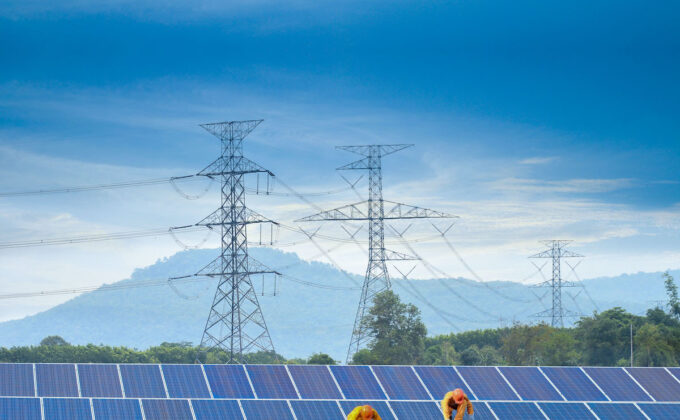
España se ha marcado algunos de los objetivos más ambiciosos de toda Europa en el ámbito de la energía renovable. El país tiene la intención de duplicar el porcentaje de energías renovables en el mix eléctrico e ir de un… View Summary +
Spain has set some of the most ambitious renewable energy targets in Europe. The country is planning to double the share of renewables in its electricity mix from roughly 37% in 2015 to 74% in 2030, with solar and wind… View Summary +
